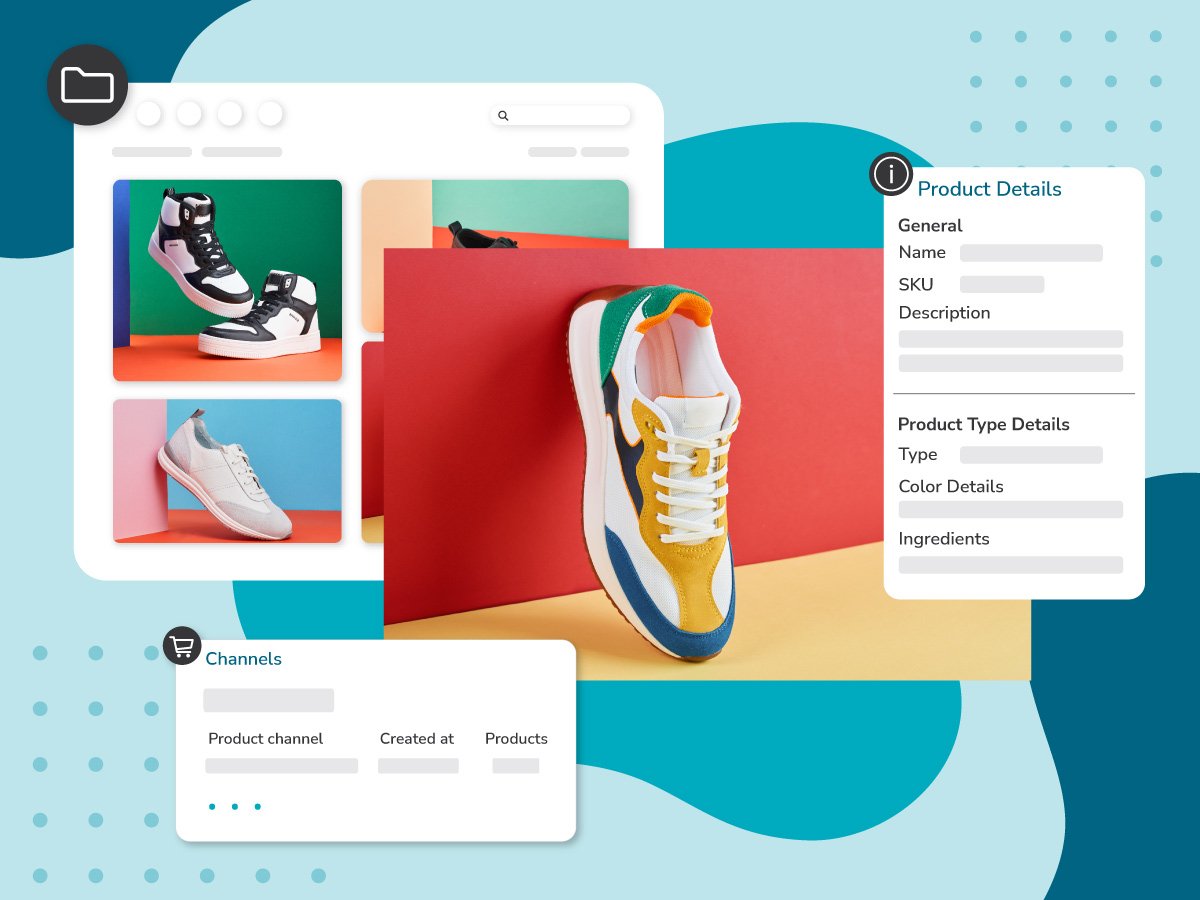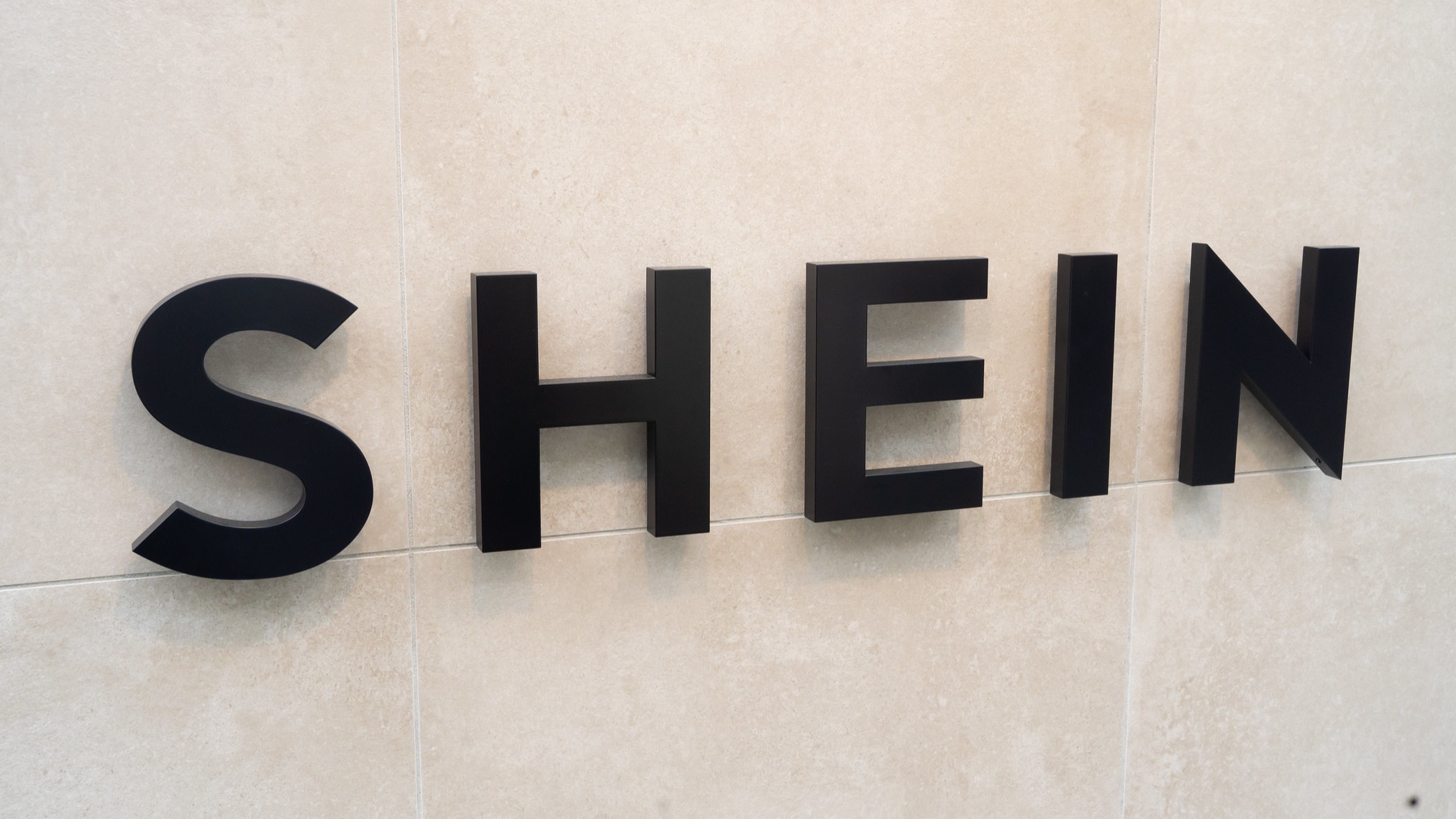

Should retailers have to live with this inefficiency and risk? Absolutely not.
Centralising digital assets and product info
Instead of accepting clunky processes as an inevitable part of business, a solution for retailers is to embed product information and digital asset management software into their tech stack. There are many solutions available in this space, each of which provide different functions, but the key goal is this – create a unified, centralised system which holds all your product information and digital assets.
On one side, a digital asset management (DAM) platform is a software solution which acts as a highly intelligent library for all of your digital assets, such as images, videos, presentations, documents, and so on. I say highly intelligent because a DAM solution not only stores these assets, but helps manage, edit and distribute them, using a range of smart AI-powered features from auto-tagging to visual search.
Considering the popularity of DAM among organisations of all sectors – from retail and manufacturing to travel and technology – many professionals are still unaware. This is precisely why we wrote a guide on digital asset management for retail brands.
On the other side, I imagine everyone working in retail business has heard of product information management (PIM). Most businesses have an image library and separate PIM – in fact, many have built their own in-house – but this requires yet more internal resources to maintain and develop.
Buying-in a product information management (PIM) system can streamline the management of your entire product inventory. This software centralises, organises and distributes product information in the form of product descriptions, shipping, pricing, specs, SKUs and so on. There’s a clear benefit to onboarding a platform designed to connect the content and product ecosystem.
Streamlining workflows
So, a PIM platform helps you manage product information, and a DAM platform helps manage digital assets. I think of these as two sides of the same coin – they’re used broadly by similar teams in your organisation, to achieve similar purposes of keeping products up-to-date and looking consumer-ready in every channel.
Combining the power of PIM and DAM in a unified platform brings even more benefits. Together, these functions ensure that streamlined workflow happens not just in your content creation or information management, but across the whole product lifecycle.
This centralised approach enables your teams to quickly find product assets and info, and share them with the right people. It improves communication and reduces bottlenecks as your team produces, reviews and distributes content. And it provides insight on how your assets and info are being used, and allows you to repurpose and customise assets for new markets.
So, the reality for retailers is shifting. Those surviving and thriving in this hyper-competitive sector are organisations which are carving out efficiencies and minimising risks. For business leaders facing some of the product lifecycle problems mentioned above, I’d say: there is a solution.
To learn about the key trends shaping the future of retail, including the role of DAM and PIM, join top retail leaders for an exclusive discussion on this free webinar. And don’t miss Canto’s flagship Content Innovation Summit 2025, find out more and signup here.
Canto is the industry leader in digital asset management (DAM) and now product information management (PIM), helping global retailers from Sony Europe to Birkenstock and Godiva Chocolates improve their content lifecycle.



.png)

.jpg)







Recent Stories